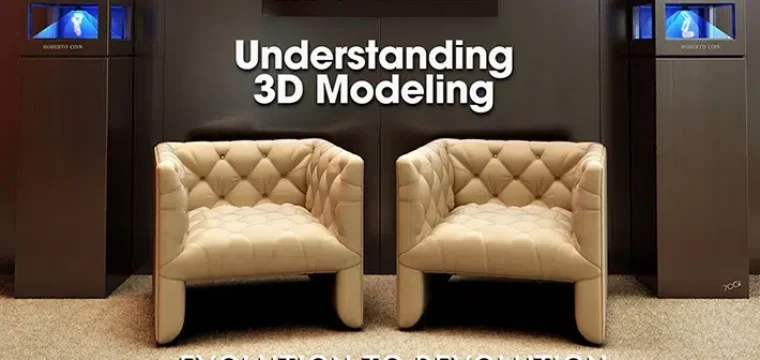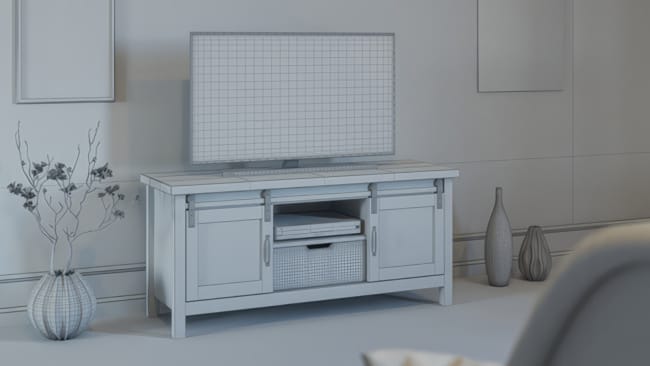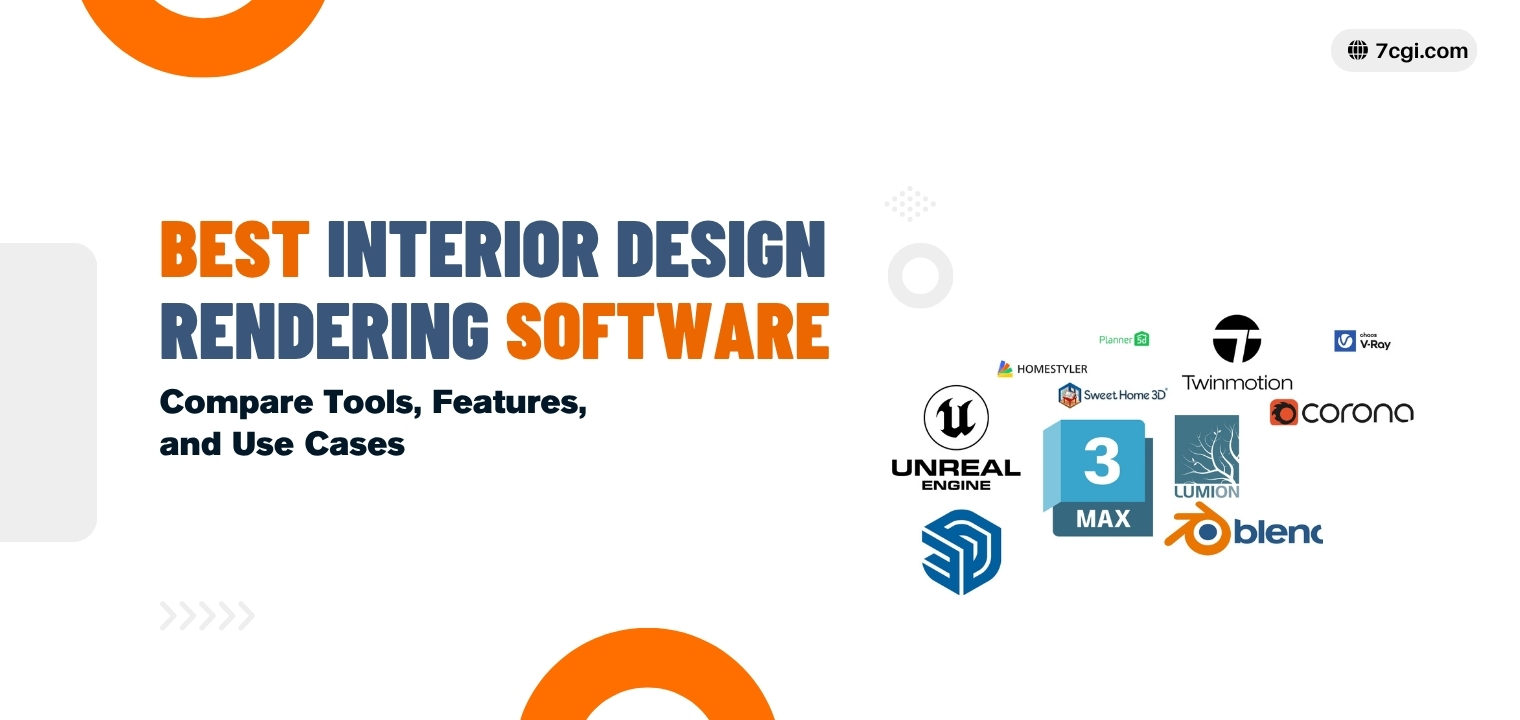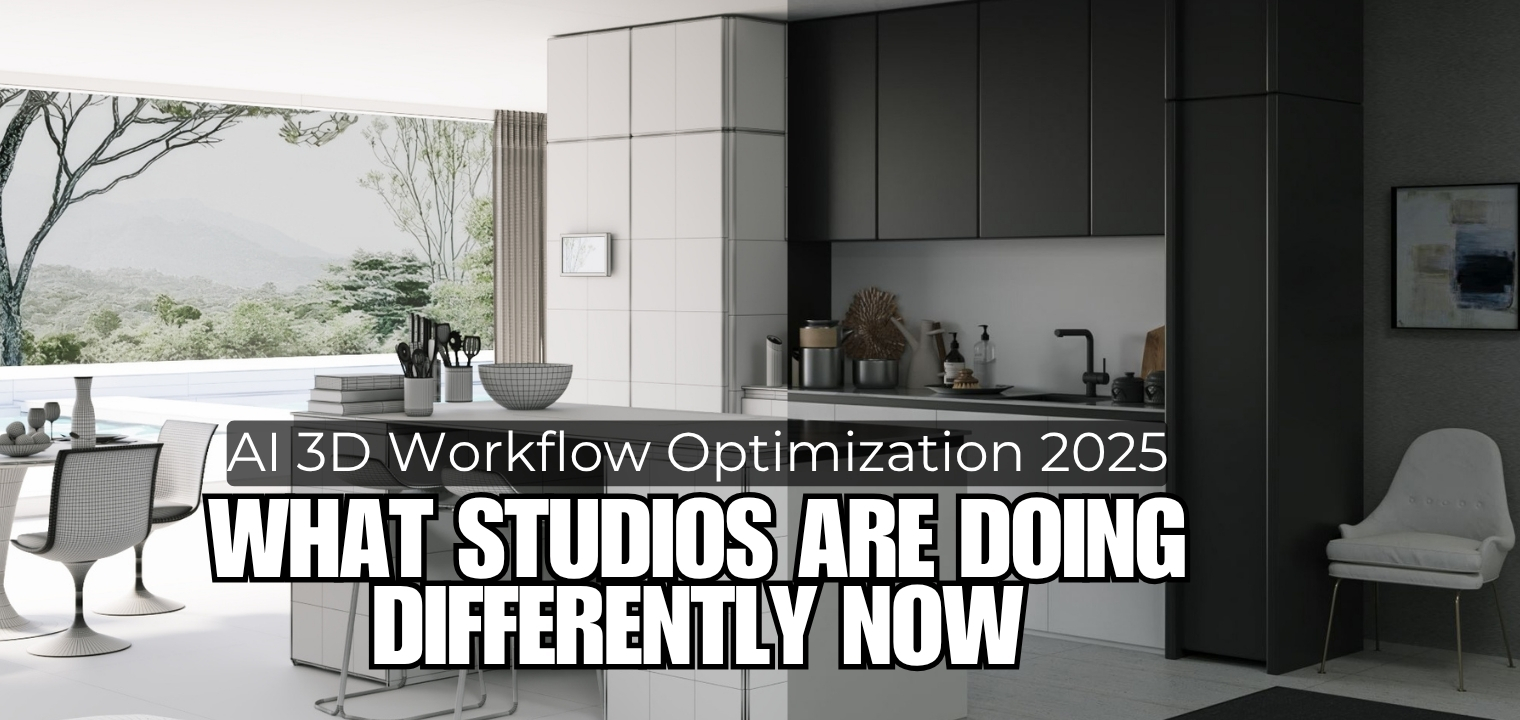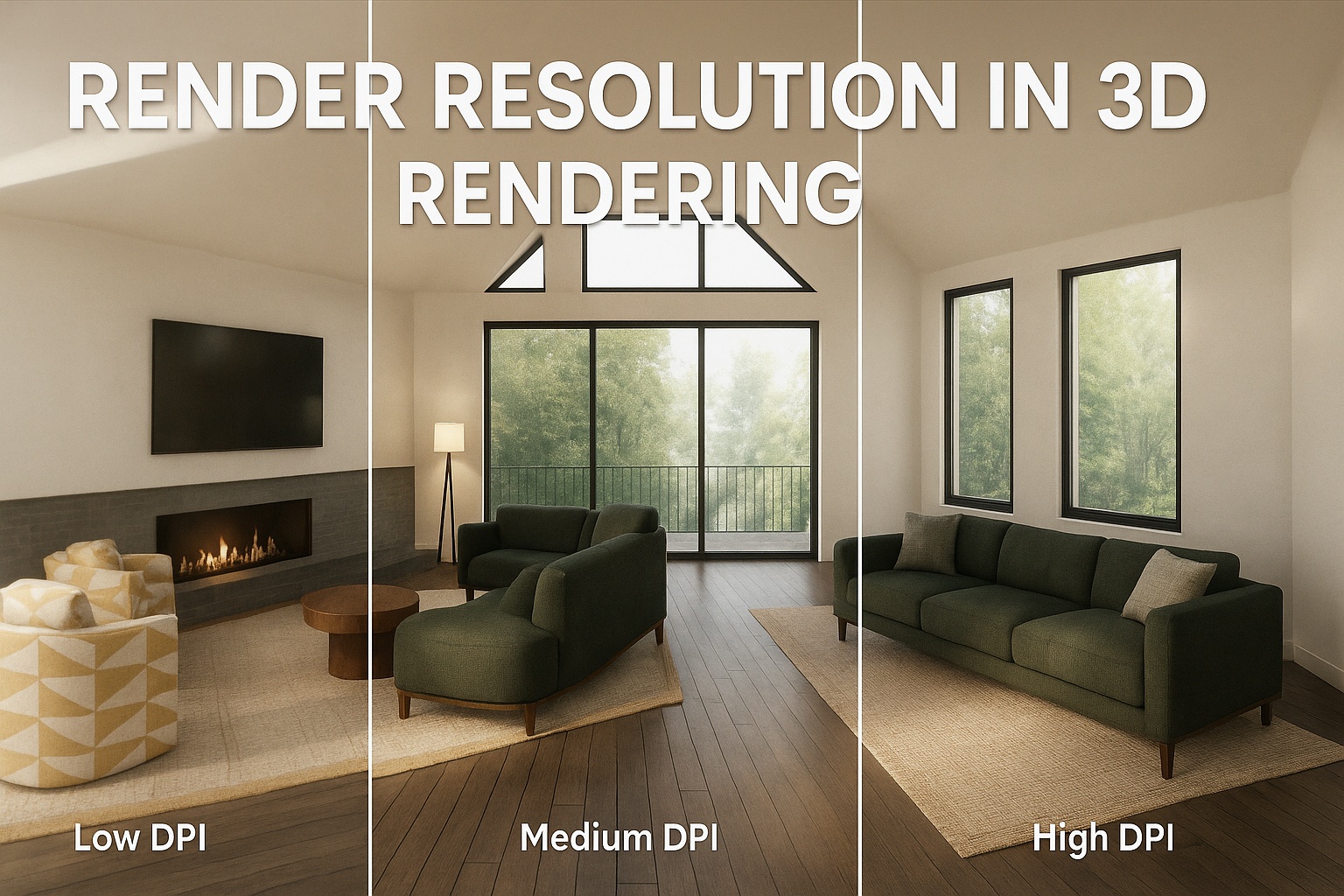Introduction
In this article, we will explore the fascinating world of 3D modeling. We will discuss its evolution over time and take a glimpse into what the future holds for this rapidly advancing technology. At a glance, we will learn the following.
1.0 What is 3D Modeling
1.1 Definition:
3D stands for three-dimensional. It means something that has height, width, and depth. If you delve into the origin of the term “Modeling”, it stems from Latin “Modulus”. This term was once used to denote a building plan in the 16th century. However, now, the word “Modeling” has a much wider meaning. 3D Modeling is the process of making things that you can measure all three dimensions of and move around or orbit around.
In one sentence, 3D modeling is a technique used in computer graphics to create digital representations of objects or surfaces.
1.2 Description:
3D modeling is a fascinating technique used in computer graphics that allows for the creation of a three-dimensional digital representation of any object or surface. This process is carried out using specialized software, where an artist manipulates points in virtual space. These points are known as vertices where 3D coordinates (x, y, z) connect the edges of the model in a 3d space.
The collection of these vertices forms what is known as a mesh. This mesh is essentially the skeleton of the 3D model, providing its shape and structure. The more detailed the mesh, the more detailed and realistic the final 3D model will be.
Once the basic shape of the 3D model is created, the next step is often to add textures.Texturing involves applying a ‘skin’ over the mesh of the model. This skin can include details like color, shininess, roughness, and transparency. It’s this step that brings the 3D model to life, making it look more realistic.
Lighting techniques are also crucial in 3D modeling. By adjusting the direction, intensity, and color of light, artists can create shadows and highlights on the model, giving it depth and making it appear more three-dimensional.
3D models are used in a wide range of fields. In the entertainment industry, they’re used to create characters and environments for video games and movies. In architecture, 3D models are used to create detailed plans and virtual walk through of buildings before they’re built. In the field of engineering, 3D models can help with visualizing complex machinery and systems. Even in commercial advertising, 3D models are used to create eye-catching visuals.
Summary:
3D modeling is a powerful tool that combines art and technology to create detailed, realistic representations of objects and environments. It’s a process that requires both technical skill and artistic vision, and its applications are vast and varied.
2.0 Evolution of 3D Modeling
2.1 Early Beginnings
The roots of 3D modeling can be traced back to the early 1960s when Ivan Sutherland developed Sketchpad, which is considered the first computer-aided design (CAD) program. This groundbreaking software laid the foundation for the creation of three-dimensional models on a computer.
2.2 Advancements in Technology and Techniques
As technology progressed, so did the capabilities of 3D modeling. The introduction of graphics processing units (GPUs) in the 1970s revolutionized the field by dramatically increasing the speed and quality of rendering. Additionally, advancements in algorithms and software made it easier for artists and designers to create complex and realistic 3D models.
2.3 Integration in Various Industries
The use of 3D modeling expanded beyond the realm of computer graphics and animation. Today, it plays a crucial role in industries such as architecture, engineering, manufacturing, and entertainment. Architects can create detailed virtual representations of buildings before construction begins, engineers can simulate and test product designs, and filmmakers can bring fantastical worlds to life on the silver screen.
Summary:
3D modeling originated in the 1960s with the development of the first CAD program. Over time, advancements in technology and software made it easier to create realistic 3D models. Today, 3D modeling is widely used in industries such as architecture, engineering, manufacturing, and entertainment for various purposes like virtual representations, product design simulations, and film production.
3.0 Most Popular 3D Modeling Software
In the vast landscape of digital design, there’s an impressive array of 3D modeling software to choose from. Let’s delve into some of the most popular ones that are widely used in the industry today-

-
- SketchUp:SketchUp is user-friendly and great for beginners. It’s often used for architectural design and interior design. The software also has an extensive library of pre-made models.
-
- Maya:Maya is a high-end 3D modeling software used in the film and game industry. It’s known for its advanced animation and rendering capabilities.
-
- 3ds Max:This software is another top choice for game developers and visual effects artists. 3ds Max offers robust modeling tools and flexible plugin architecture.
-
- ZBrush:ZBrush is unique because it mimics traditional sculpting techniques. It’s perfect for creating detailed characters and organic shapes.
-
- Rhino:Rhino is popular among industrial designers and architects. It’s known for its accuracy and ability to handle large models.
-
- Revit:Revit is a building information modeling (BIM) software. It’s used by architects and engineers to plan, design, construct, and manage buildings.
-
- Cinema 4D:Cinema 4D is easy to learn and extremely powerful. It’s used for motion graphics, visual effects, and character modeling.
-
- Fusion 360:Fusion 360 combines CAD, CAM, and CAE tools in one platform. It’s cloud-based, allowing users to access their work from anywhere.
-
- SolidWorks:SolidWorks is a solid modeling computer-aided design (CAD) and computer-aided engineering (CAE) software. It’s widely used in industries like mechanical engineering and product design.
-
- Tinkercad:Tinkercad is an easy-to-use, browser-based 3D design and modeling tool. It’s suitable for beginners and educators who want to introduce 3D modeling in a classroom setting.
-
- Modo:Modo is known for its powerful polygon and subdivision surface modeling, and it also offers a range of features including sculpting, painting, and rendering.
-
- Houdini:Houdini is a procedural 3D animation and visual effects software. It’s used in the film and game industry for its particle and dynamics capabilities.
-
- LightWave 3D:LightWave 3D is a complete 3D solution to model, render, and animate. It’s used in television production, game development, and visual effects.
Summary:
Each of these software options has its own strengths and specialties. The best one for a person depends on their specific needs and level of expertise.
4.0 How 3D Modeling Technology is Contributing to the World
3D modeling technology is making a big impact on the world. It’s not just about creating cool video games or animated movies anymore. This technology is changing many different fields, from medicine to architecture, entertainment, consumer goods, science, and even robotics.
4.1 Medicine
In the medical field, 3D modeling is helping doctors and surgeons in many ways. For example, they can create a 3D model of a patient’s body part that needs surgery. This allows them to plan the surgery better and reduce risks. Also, 3D printed prosthetics are becoming more common, often cheaper and more comfortable for the patient than traditional prosthetics.
4.2 Architecture
In architecture, 3D modeling is used to create detailed plans of buildings before they’re built. This helps architects and builders spot potential problems early on. It also makes it easier to show clients what the finished building will look like.
4.3 Education
3D modeling is also being used in education. Teachers can use 3D models to explain complex concepts in a way that’s easy for students to understand. For example, a biology teacher might use a 3D model of a cell to explain its parts.
4.4 Environment
Even the environment is benefiting from 3D modeling. Scientists can use it to study climate change and other environmental issues. They can create models of the earth and simulate different scenarios. This helps them understand what might happen in the future and how we can prevent it.
4.5 Entertainment
The entertainment industry, including movies and video games, has been revolutionized by 3D modeling. In movies, it allows for the creation of realistic special effects and animations. In video games, 3D Modeling provides players with immersive environments and characters that feel real. This technology has made it possible to tell stories in new and exciting ways.
4.6 Consumer Goods
3D modeling has also transformed the consumer goods industry. It’s used to design everything from furniture to toys, and even clothing. This technology allows designers to visualize their ideas in 3D before they’re made. It also makes it easier to make changes to the design if needed.
4.7 Science and Robotics
In the field of science, 3D modeling is used for a variety of purposes, such as visualizing complex scientific concepts and creating accurate models of molecules or other microscopic entities. In robotics, 3D models are used in the design and testing of robots. This allows engineers to perfect their designs before building the actual robots.
Conclusion
3D modeling technology is contributing to the world in many ways. Having been in the 3D modeling industry for over a decade now, I found out that anyone from any industry can benefit by leveraging 3D modeling technology. It’s helping us solve problems, learn new things, and even save lives. And as this technology continues to improve, its impact is likely to become even greater.
5.0 The Size of the 3D Modeling Industry
The 3D modeling industry is a rapidly growing sector in the world of technology. It involves creating a mathematical representation of a three-dimensional object or shape. This can be done manually by an artist, automatically by a computer program, or using a combination of both.
5.1 How Big Is the Industry?
At the current time, the 3D modeling industry has established itself as a significant player in the global market. This industry, which involves creating three-dimensional digital representations of physical objects, is now worth billions of dollars worldwide.
This information comes from a comprehensive report conducted by Grand View Research, a highly respected market research and consulting company. According to their findings, the size of the global 3D modeling market was valued at an impressive USD 8.3 billion in the year 2020. This figure alone speaks volumes about the importance and influence of this industry in today’s digital age.

Modelling Market Size & Share Analysis – Growth Trends & Forecasts (2023 – 2028).Mordor Intelligence. Retrieved November 27, 2023, Source.
But what’s even more interesting is the projected growth for this market. The same report predicts that the 3D modeling industry is expected to expand at a compound annual growth rate (CAGR) of 14.8% from 2023 to 2030. This suggests a robust and steady growth trajectory over the next several years. In other words, the 3D modeling industry is not only currently valuable but also shows great potential for future growth. This makes it an exciting area to watch, as it will likely continue to shape and influence many aspects of our digital world.
5.2 What Drives the Growth?
Several factors influence the growth of the 3D modeling industry. One of the primary drivers is the escalating demand for 3D models across various sectors. These include gaming, entertainment, architecture, and healthcare, among others. The need for more realistic and detailed representations in these fields has increased reliance on 3D models.
In addition, advancements in 3D technology and software are also playing a significant role in fueling the expansion of this industry. As technology continues to evolve, it brings about more sophisticated and user-friendly tools that make 3D modeling more accessible and efficient. This broadens the scope of its applications and attracts more users, thereby contributing to the industry’s growth.
The 3D modeling industry is a significant and growing part of the global economy. Its impact spans across multiple sectors, and its potential for future growth is substantial.
6.0 Career in 3D Modeling
3D modeling is a fascinating field that combines creativity with technology. It’s all about creating three-dimensional objects using software. These objects can be anything from simple shapes to complex scenes, like characters for video games or detailed architectural designs.
6.1 What Does a 3D Modeler Do?
A 3D modeler uses computer software to design and create 3D models. They might work on projects for movies, video games, advertisements, or even scientific research. Their job involves turning ideas into visual reality. They need to have a good understanding of shape, form, and volume.
6.2 Skills Needed
To become a successful 3D modeler, one needs certain skills:
-
- Technical Skills:Proficiency in 3D modeling software like Blender, Maya, or 3DS Max is crucial. They also need to understand texturing, lighting, and rendering techniques.
-
- Artistic Skills:A strong sense of design and a good eye for detail are important. Knowledge of color theory, composition, and anatomy can be beneficial.
-
- Problem-Solving Skills:Sometimes, a design doesn’t work out as planned. Being able to identify issues and find solutions is key.
-
- Communication Skills:Often, 3D modelers work as part of a team. They need to be able to clearly express their ideas and understand the vision of others.
6.3 Education and Training
Most 3D modelers have a degree in a related field, such as computer graphics, animation, or fine arts. However, some people enter the field through self-study or online courses. The most important thing is to build a strong portfolio that showcases your skills and creativity.
6.4 Job Outlook
The demand for 3D modelers is growing as more industries see the value in 3D visualization. Opportunities can be found in film and television, video game design, advertising, architecture, and more. The pay can vary greatly depending on the industry and level of experience.
In conclusion, a career in 3D modeling can be rewarding for those who are passionate about art and technology. It requires dedication and continuous learning, but the results can be truly amazing. 3D Modeling is a very broad term. So, when it comes to learning, you need to select a particular industry you would love to develop your career in. In the next part of the article I discussed the branches of 3D Modeling. Let’s move forward.
7.0 Branches of 3D Modeling
3D Modelingis a fascinating field that involves creating three-dimensional objects using specialized software. There are several branches of 3D modeling, each with its unique applications and techniques. Here are some of the main ones:
-
- Architectural Modeling:This branch focuses on creating 3D models of buildings, landscapes, and urban spaces. Architects and urban planners often use these models to visualize their designs before they’re built.
-
- Product Modeling:In this branch, 3D models of products are created for marketing or design purposes. It’s commonly used in industries like furniture, electronics, and automotive.
-
- Character Modeling:This is all about creating 3D characters for video games, movies, and animations. It requires a deep understanding of anatomy and character design.
-
- Scientific Modeling:This branch uses 3D models to represent scientific concepts or data. For example, astronomers might create 3D models of galaxies, while biologists could model complex molecules.
-
- Industrial Design Modeling:Here, 3D models are used to design and test new products. It’s often used in fields like aerospace, automotive, and consumer goods.
-
- Environmental Modeling:This branch creates 3D models of natural environments, such as forests, oceans, and mountains. These models can be used in video games, films, or virtual reality experiences.
Each of these branches has its own set of tools and techniques, but they all share the common goal of creating realistic, detailed 3D models. Whether you’re interested in designing buildings, creating video game characters, or exploring scientific data, there’s a branch of 3D modeling that’s right for you.
8.0 3D Modeling communities
One of the ways to polish and improve your skills and become a problem solver in the industry is to stay active in the relevant community. There are many communities and forums in the industry. Become part of the community that is relevant to your career. Below are some very popular 3D Modeling Communities-
Blender Artists is a popular 3D modeling community where users can share their work, get feedback, and learn from each other. The community offers forums for different topics like finished projects, works in progress, and technical support.
2.CG Society
CG Society is a well-known platform for 3D artists. This community hosts challenges and events to encourage creativity and skill development. They also have a forum where members can discuss various topics related to 3D modeling.
SketchUp Community is ideal for those who use SketchUp software for 3D modeling. The community provides tutorials, tips, and tricks to help users improve their skills. They also have a forum for users to ask questions and share their work.
Polycount is a community specifically for game artists. Here, they can showcase their work, get feedback, and learn new techniques. They host regular competitions and provide resources for learning about game art creation.
CG Architect is a leading online community for architectural visualization professionals. They offer news, articles, job postings, and an active forum for discussions.
RenderHub is a marketplace and community for 3D models, textures, and more. They offer a platform for artists to sell their work and a forum for discussions and support.
The Unreal Engine Forum is a community for users of the Unreal Engine, a powerful tool for creating 3D games and virtual reality experiences. The forum is a place for users to share their work, ask questions, and learn from each other.
Area by Autodesk is a community for users of Autodesk’s 3D software, including Maya and 3ds Max. The community offers tutorials, a gallery to showcase work, and forums for discussions and support. Joining these communities can be a great way to improve your skills, get feedback on your work, and connect with other 3D artists.
9.0 3D Model Marketplaces
A 3D modeling marketplace is a platform where 3D Modelers can buy, sell, or share 3D Models. It allows designers to save time by sharing resources and offers opportunities for monetization. Beginners can learn from others’ work, and the variety of models inspires creativity. The marketplace also makes 3D modeling accessible to those without skills in the field. Overall, it plays a crucial role in fostering creativity, learning, and income opportunities in the 3D Modeling industry. Here are some popular 3D Model marketplaces-
1. TurboSquid
TurboSquid is one of the most popular 3D model marketplaces. It offers a wide range of models, from simple to complex. They have a reputation for quality and variety. Their models are used in various industries, including film, television, and video games.
2. CGTrader
CGTrader is another top marketplace for 3D models. They offer both free and paid models. The site is user-friendly and has a large community of designers who share their work. They also host design contests, which can be a great opportunity for designers to showcase their skills.
3. Sketchfab
Sketchfab is unique because it allows users to publish, share, and discover 3D content on the web. They can upload their 3D models and view them in their browser without any additional software. This feature makes Sketchfab a favorite among many designers.
4. 3DExport
3DExport is a marketplace where designers can buy and sell 3D models. They offer a variety of formats and categories, making it easy for designers to find what they need. They also provide a platform for designers to earn money from their creations.
5. Shapeways
Shapeways is not just a marketplace but also a 3D printing service. Designers can upload their designs, choose a material, and Shapeways will print and ship the product. This service makes Shapeways a one-stop shop for designers looking to bring their creations to life.
Other than these marketplaces, there are companies that have their own 3D Model shop. Among them, Designconnected, 3D Molier, Squir3d, Hum3D, CGAxis, and Evermotion are popular. Among the newcomers, furniture3dmodels.com and great-catalog have a pretty good collection of furniture 3D Models.
10.0 3D Modeling Service provider
3D modeling service providers are important in today’s digital age as they help create realistic visuals for various industries. They enhance visualization, improve accuracy and precision, save time and money, enable interactive presentations, and aid in marketing and sales. Here is an excellent example of how Ikea, a renowned Swedish furniture giant adopted 3d modeling with virtual reality technology to enhance overall retail experience. These service providers can be freelancers or 3d modeling companies of different sizes.
They are an important resource behind the growth of the 3D Modeling industry. Let me introduce you to some of the leading service providers in the industry:
3D Character Modeling
3D Ace, Pixune, and ITS are known for their 3D character modeling services.
3D Architectural Modeling
7CGI and VRender, are popular for 3D Furniture Modeling services. 7CGI is also known for Archviz and Product Rendering
3D Product Modeling
Cadcrowd, Saratech, CadCam, and True Cadd are famous for their 3D Modeling services for engineering 3D models. That often goes for 3D printing.
11.0 The Future of 3D Modeling
With the exponential growth of technology, the future of 3D modeling looks promising. Here are some trends and developments to keep an eye on:
-
- Virtual Reality (VR) and Augmented Reality (AR):Thesetechnologies are transforming the way we interact with 3D models. VR allows users to immerse themselves in virtual environments, while AR enhances the real-world environment with digital overlays. Both VR and AR have immense potential in fields like gaming, education, and design.
-
- Generative Design:This emerging technique involves using algorithms and artificial intelligence to generate design options based on specified parameters. It has the potential to revolutionize product design by exploring countless possibilities and optimizing designs for performance and sustainability.
-
- 3D Printing:While not strictly a modeling technique, 3D printing complements 3D modeling by bringing digital creations into the physical world. As 3D printing technology becomes more accessible and affordable, it opens up new possibilities for rapid prototyping, custom manufacturing, and even medical applications.
-
- Real-Time Rendering:Traditionally, rendering high-quality images or animations took significant time and computational resources. However, with advancements in real-time rendering technologies, artists can now see immediate results as they work, enabling faster iteration and more interactive experiences.
3D modeling has come a long way since its humble beginnings. From its early days as a CAD program to its integration into various industries, this technology continues to evolve and push boundaries. With the advent of virtual reality, generative design, 3D printing, and real-time rendering, the future of 3D modeling looks exciting and full of possibilities.
12.0 Artificial Intelligence (AI) in 3D Modeling
Artificial Intelligence, or AI, is changing many fields, and 3D modeling is no exception. This technology can help create more detailed and realistic models in less time.
12.1 How Does AI Help in 3D Modeling?
AI uses algorithms to learn from data. In 3D modeling, it can analyze thousands of images and understand the patterns. This allows it to predict and generate new models based on what it has learned. For example, if they give AI lots of pictures of chairs, it can create a 3D model of a chair even without any specific instructions.
12.2 Benefits of Using AI in 3D Modeling
-
- Speed:AI can create models faster than humans because it can work 24/7 without getting tired.
-
- Accuracy:AI can analyze every detail in an image, which leads to more accurate models.
-
- Creativity:AI can generate unique designs based on the data it has analyzed.
12.3 Challenges of Using AI in 3D Modeling
While AI offers many benefits, there are also challenges. One issue is that AI needs a lot of data to learn effectively. If the data is not diverse enough, the models it creates may not be accurate. Another challenge is that AI does not understand context like humans do. For example, it might create a chair that looks good but is not comfortable to sit on.
AI has the potential to revolutionize 3D modeling. However, it’s important to remember that it’s just a tool. The creativity and skill of the human artist will always be essential in creating great 3D models.
Wrapping Up
In this article, we have explored the fascinating world of 3D modeling. We discussed its evolution over time and took a glimpse into what the future holds for this rapidly advancing technology. We learned about the definition and description of 3D modeling, as well as its applications in various industries. We also explored the most popular 3D modeling software and how 3D modeling technology is contributing to the world. Additionally, we discussed the size of the 3D modeling industry, the career opportunities in 3D modeling, the different branches of 3D modeling, the importance of 3D modeling communities, and the availability of 3D model marketplaces. Lastly, we touched upon the role of artificial intelligence (AI) in 3D modeling.
3D modeling is a powerful tool that combines art and technology to create detailed, realistic representations of objects and environments. It has come a long way since its early beginnings and has found its place in various industries, from entertainment to architecture, education, and beyond. The future of 3D modeling looks promising, with advancements in virtual reality, generative design, 3D printing, and real-time rendering. The industry is growing rapidly, with a projected compound annual growth rate of 15.8% from 2021 to 2028. 3D modeling technology is making a significant impact on the world, contributing to fields such as medicine, architecture, education, environment, entertainment, consumer goods, science, and robotics.
It offers exciting career opportunities for those passionate about art and technology, and there are various branches of 3D modeling to explore. Being part of 3D modeling communities and utilizing 3D model marketplaces can further enhance skills and provide networking opportunities.
Finally, the integration of AI in 3D modeling has the potential to revolutionize the industry, offering speed, accuracy, and creativity. However, it’s important to remember that AI is a tool and that human creativity and skill will always be essential in creating exceptional 3D models.
The 3D modeling industry is evolving and shaping the digital world in remarkable ways. As technology continues to advance, we can expect even more exciting developments and possibilities in the field of 3D modeling.
I think I’ve touched on just about everything you need to know about 3D Modeling. If there’s anything else you’re curious about or want more details on, don’t hesitate to get in touch with me at [email protected].


